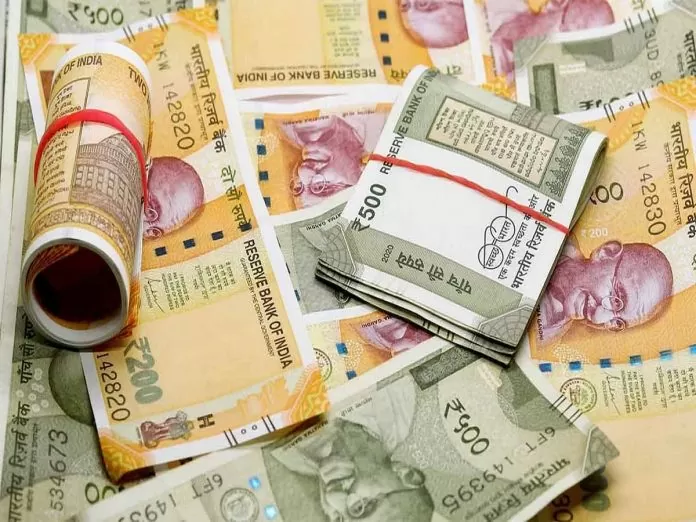FD vs Kisan Vikas Patra- Before investing money anywhere, it is beneficial to compare all the available options. If you want to invest money in FD, then you should also know about the advantages of Kisan Vikas Patra.
Risk-averse investors invest a lot of money in small savings schemes and bank FDs. Bank FDs are the favorite investment option of Indians. A lot of money is invested in fixed deposits because of the negligible risk of sinking money and guaranteed returns. Post office small savings schemes also have almost the same features. One such small savings scheme is Kisan Vikas Patra. This is a popular savings scheme.
Axis Bank, HDFC, Union Bank, Bank of India and State Bank of India along with many other banks recently increased the interest rates on fixed deposits (FD) for some periods. If you also intend to get a bank FD, then before that you should also know about the Kisan Vikas Patra (KVP) scheme of the post office. Only after comparing FD and Kisan Vikas Patra, you should decide where you should invest money.
Kisan Vikas Patra (KVP)
The interest on Kisan Vikas Patra is fixed on a quarterly basis. At present, the government is paying 7.5 percent interest on it. The lock-in period of KVP is two years and six months. This means that you cannot withdraw money from this scheme before two and a half years under normal circumstances. Its maturity period is 10 years. There is no maximum investment limit in this, but you have to invest at least 1 thousand rupees. The person investing in Kisan Vikas Patra must be at least 18 years of age. Apart from single account, there is also a facility of joint account. Minors can also join the scheme, but their parents will have to take care of it.
There is no tax exemption on Kisan Vikas Patra, because this scheme does not come under 80C. TDS is deducted by the government on income. In this, this certificate can be transferred from one person to another. It can also be transferred from one post office to another. The money invested in this scheme will double in 115 months i.e. 9 years and 7 months.
Bank FD
The amount deposited in bank FD earns interest at a fixed rate which is determined at the time of opening the account. FD holders can choose to receive interest earned monthly, quarterly, half-yearly or annually as per their choice. You can invest money in FD for a period of 7 days to ten years. As far as tax exemption is concerned, tax exemption is available on 5-year tax saving FD. Not on FDs of other periods. Under Section 80C of the Income Tax Act, you can claim a deduction of Rs 1.5 lakh from your total taxable income on tax saver FDs.
At present, Axis is giving 7.10% interest on FDs with a tenure of two and a half years. The interest rate of State Bank of India is 7% per annum. If you open an FD account for two and a half years in HDFC Bank, you will get 7% interest. Bank of India is giving 6.75% interest and Union Bank is giving 6.50% interest.

